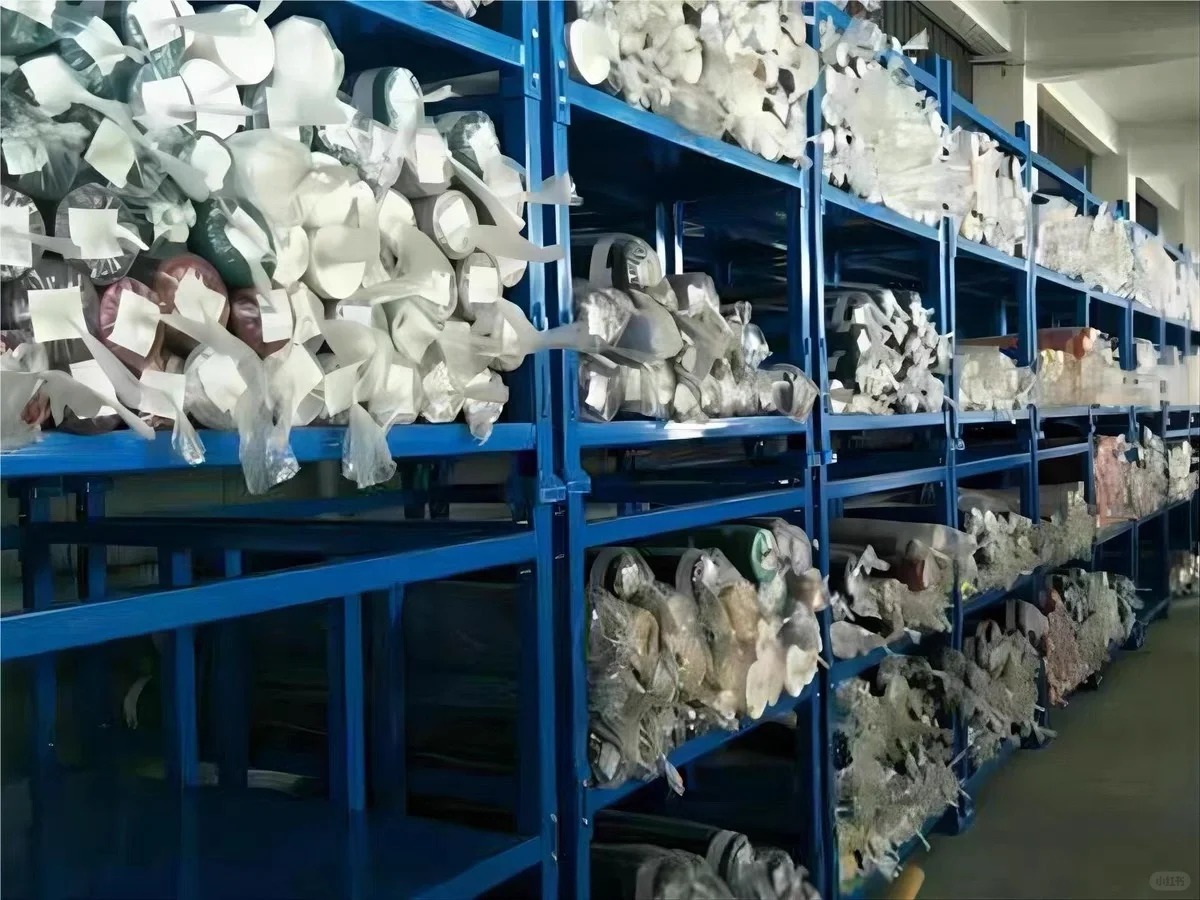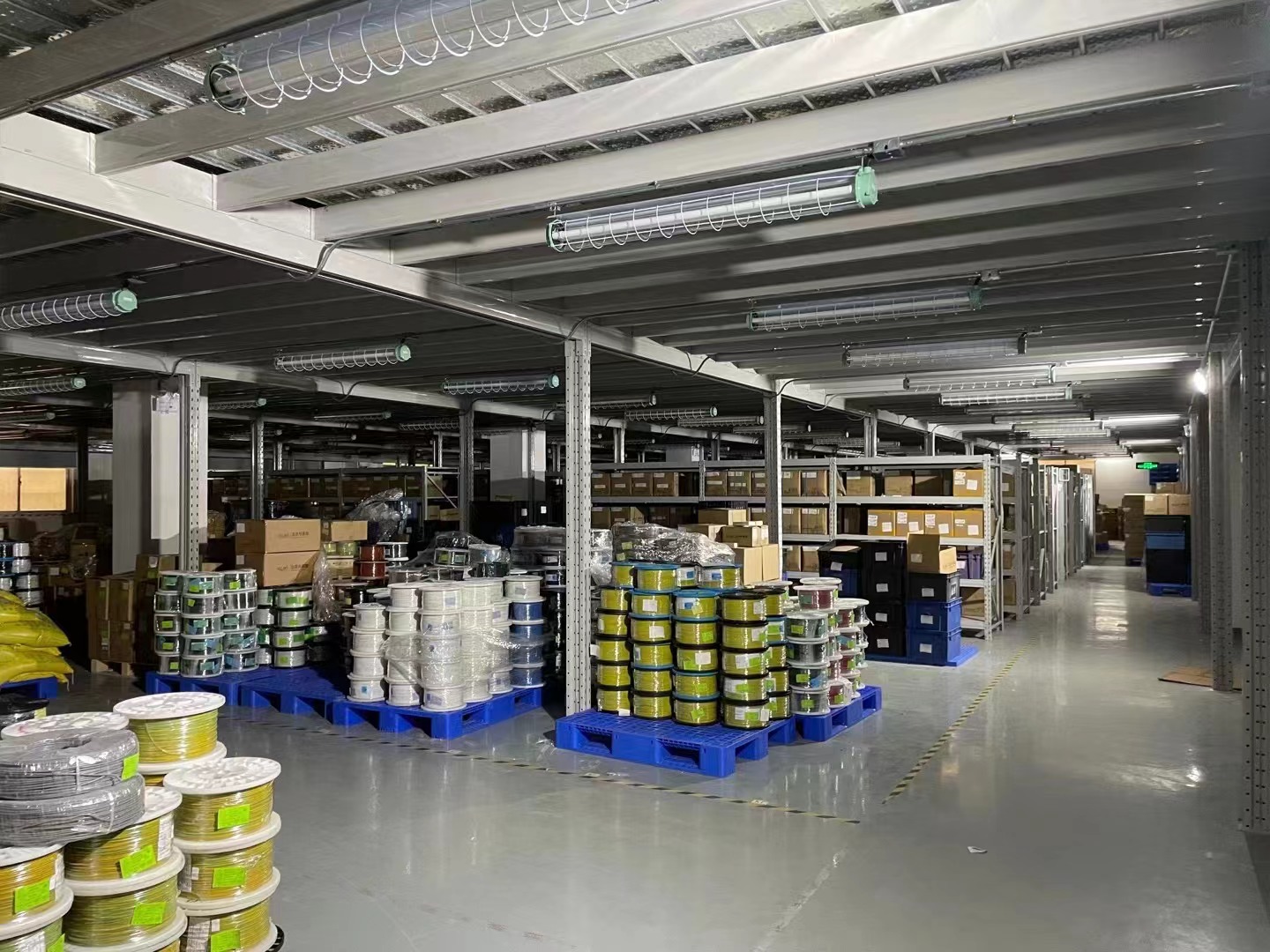Installing heavy duty shelves might seem like a straightforward DIY project, but if you want them to hold hundreds (or even thousands) of pounds safely, there’s a right way and a wrong way to do it. Whether you’re organizing a garage, warehouse, basement, or commercial space, proper installation is key to preventing accidents and ensuring long-term durability.
In this guide, we’ll walk you through the best practices for installing heavy duty shelves like a professional. From choosing the right materials to securing them properly, these tips will help you get the job done safely and efficiently.
Not all heavy duty shelves are created equal. Before you start, consider:
Pro Tip: If you’re storing bulky or irregularly shaped items (like car parts or tools), consider heavy duty wire shelving—it allows for better airflow and visibility.

Installing heavy duty shelves requires more than just a basic screwdriver. Here’s what you’ll need:
Warning: Never rely on plastic anchors or small screws for heavy duty shelves—they can pull out under weight, causing dangerous collapses.
If you’re installing wall-mounted heavy duty shelves, anchoring them into studs is non-negotiable. Here’s how to do it right:
What if there’s no stud where you need it?
For freestanding heavy duty shelves, proper assembly is critical. Follow these steps:
Lay out all parts before starting—missing a single bolt can weaken the structure.
Tighten all bolts & screws evenly—uneven tension can cause wobbling.
Check for levelness—adjust the feet or shim the base if needed.
Anchor tall shelves to the wall (even freestanding units) to prevent tipping.
Common Mistake: Over-tightening bolts can strip threads, while under-tightening leads to instability. Use a torque wrench if possible.
Even the strongest heavy duty shelves can fail if weight isn’t distributed properly. Follow these rules:
Heaviest items on the bottom – This lowers the center of gravity.
Avoid overloading a single shelf – Stick to the manufacturer’s weight limits.
Use shelf liners or anti-slip mats – Prevents items from sliding off.
Pro Tip: If storing liquids or small parts, use bins or containers to keep everything organized and prevent shifting.

If you’re pushing the weight limits of your heavy duty shelves, consider these reinforcements:
Warning: Never exceed the manufacturer’s stated weight capacity—shelves can fail catastrophically if overloaded.
Once your heavy duty shelves are installed, don’t just forget about them. Regularly:
Check bolts & connections – Tighten any that have loosened over time.
Look for rust or corrosion (especially in humid environments).
Test stability – Give the shelves a gentle shake to ensure they’re still secure.
Signs Your Shelves Need Replacing:
Installing heavy duty shelves correctly ensures safety, durability, and maximum storage efficiency. By choosing the right shelves, using proper anchoring techniques, and maintaining them over time, you can avoid collapses and keep your storage space organized for years.
 Wechat
Wechat
 Whatsapp
Whatsapp